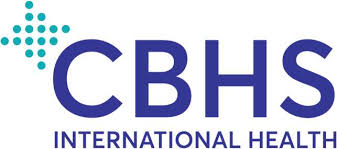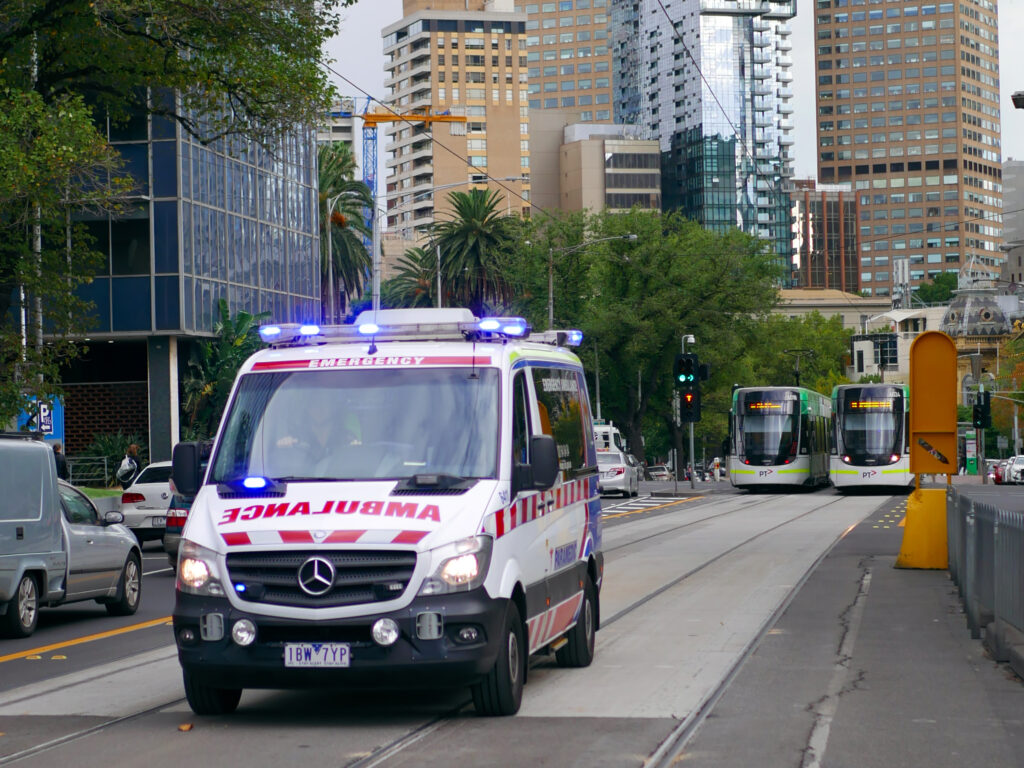 Allianz Care Australia
Allianz Care Australia
 CBHS International Health
CBHS International Health
If you’ve ever had to call an ambulance and then received a bill a few days later, you’ll know all too well that ambulance treatment in Australia is not funded by Medicare. In 2 states, ambulance call-outs are funded by their state governments, but for most of Australia, calling an ambulance will set you back a few hundred dollars, at least. But by having private health insurance, ambulance costs in Australia will be paid for by your health insurer, provided you meet certain conditions.

How much does an ambulance cost in my state or territory?
Ambulance costs in Australia vary depending on the arrangements between your state or territory government and the local ambulance service.
In Queensland, the largest ambulance service in Australia, more than 1,400 emergency ambulance call-outs happen every day, for situations such as cardiac arrest, car crashes and drownings. But residents in Queensland do not have to pay for ambulance treatment and neither do Tasmanian locals, as their respective state governments will pick up the tab.
Here’s the breakdown of ambulance costs in each Australian state and territory (excluding air ambulance charges):
| Where you live | Cost* | Notes |
|---|---|---|
| Queensland | Free | If you call an ambulance while visiting another state, the Queensland Ambulance Service will cover your costs (find out more here). |
| Tasmania | Free in most cases (find out more here) | You may have to pay for ambulance treatment when visiting another state, although reciprocal agreements for emergency ambulance treatment apply in some cases. |
| New South Wales | You pay a $464 emergency call-out fee plus a travel cost of $4.18 per km travelled, or a $365 non-emergency call-out fee plus $2.26 per km. | |
| Victoria | In metro areas, you pay a $1,437 emergency call-out fee or a $388 non-emergency call-out fee. In regional areas the cost is a $2,121 emergency call-out fee or a $656 non-emergency call-out fee. | As an alternative to private health insurance, holding an Ambulance Victoria membership will cover your ambulance call-outs. |
| South Australia | You pay a $1,207 emergency call-out fee or a $270 non-emergency call-out fee, plus $6.90 per km travelled. | As an alternative to private health insurance, South Australian Ambulance Service offers ambulance cover. |
| Western Australia | You pay a $1,253 emergency call-out fee or a $673 non-emergency call-out fee. | |
| Northern Territory | You pay an $1,133 emergency call-out fee , $700 for non-life-threatening emergencies or $609 for non-emergency call-outs, plus $6.50 per km after the first 10km. | As an alternative to private health insurance, St John NT offers ambulance cover. |
| Australian Capital Territory | You pay a $1,143 emergency call-out fee plus $15 per km if you have to travel outside the territory, or a $816 non-emergency call-out fee. Different fees apply if you are not transported by the ambulance. |
Does health insurance cover ambulance treatment?
Yes, private health insurance does cover ambulance treatment, either as part of Hospital Cover. Extras Cover, Combined Hospital and Extras Cover or a standalone Ambulance Only Cover policy, depending on your insurer.
There’s a waiting period before you can claim, which is generally only one day, and your insurance payments will need to be up-to-date. Check the policy details carefully to make sure you’re covered for all types of ambulance treatment (emergency and non-emergency) as well as air ambulance and interstate claims.
If you are in Queensland or Tasmania your health insurance policy will not cover ambulance treatment since this is provided free by your state governments.
What questions should I ask before taking out ambulance cover?
How do I claim ambulance treatment on health insurance?
Once you’ve received a bill for ambulance treatment, contact your insurer to find out their process for making a claim. It’s a good idea to contact your state or territory’s ambulance service too, to let them know that your health insurer will make payment on your behalf.
We recommend contacting the ambulance service in a few weeks’ time to make sure the bill has been paid.
How do I get the cheapest ambulance cover?
If you don’t have health insurance but would like to have cover for ambulance costs in Australia, start calculating your cheapest policy for standalone Ambulance Only Cover, or for Hospital or Extras policies that include Ambulance Cover. To find your cheapest health insurance in 3 steps visit the healthslips.com.au Calculator.

Knowledge is power – that’s the guiding principle behind everything Trudie writes, and it’s a philosophy she brings to her work at healthslips.com.au. By breaking down complex information into easy-to-understand blogs and stories, she aims to empower Australians to make the best choices and an informed decision around private health insurance.
Trudie understands firsthand some of the complexity of private health insurance having moved to Australia from New Zealand and having to navigate a vastly different public healthcare system and health insurance structure.
Trudie holds a Bachelor of Communication Studies (journalism major) from the Auckland University of Technology.
Policies change monthly, stay informed
- Insurers regularly update policies, introduce new policies and close policies. Our data is updated monthly.
- We will only send information relevant to you. You can unsubscribe at any time. See our Privacy Policy.





